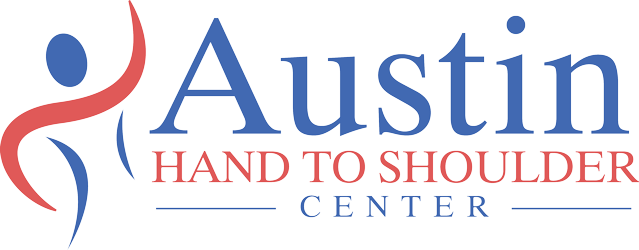In the event of emergencies or urgent situations where you need to reach our physicians outside regular clinic hours, rest assured that we have physicians available on-call. For after-hours or weekend contact with an Austin Hand to Shoulder Center physician, please dial 512-524-7264. However, for non-emergency prescription needs or refills, we recommend contacting your pharmacy directly, as they will handle communication with us. Please note that medication refills are not processed during nighttime or weekends.
